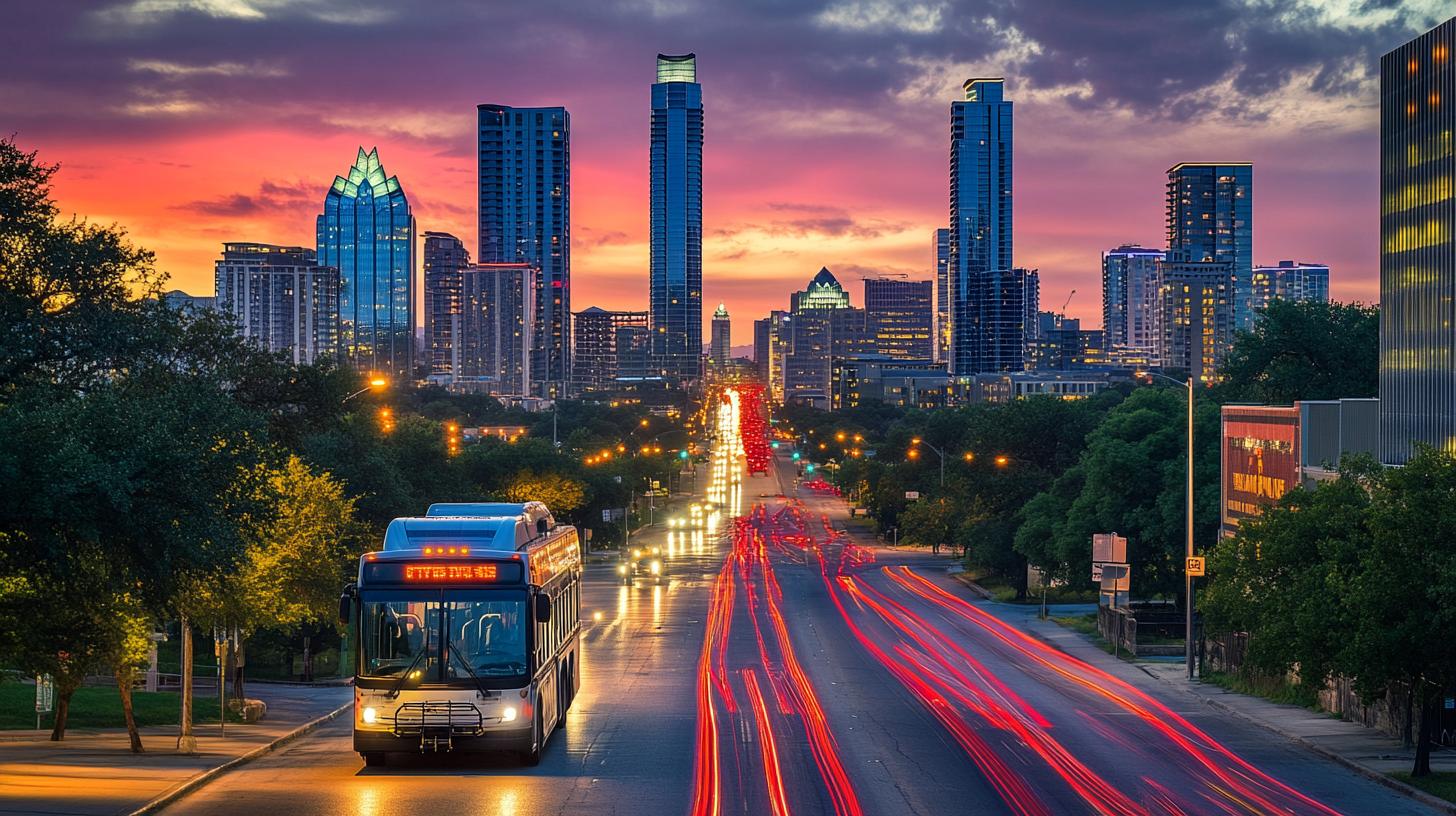After ambitious electrification goals, Austin’s Capital Metro finds its plans hitting a roadblock as 46 newly acquired electric buses end up in storage for at least a year. These buses, supplied by Proterra, a company now under the purview of Phoenix Motor Inc. following its bankruptcy, face numerous technical issues. This setback hampers the city’s move to an exclusively electric public transport system.
Court filings reveal that Proterra buses have experienced frequent mechanical failures, troubling transit agencies nationwide. To manage this predicament, CapMetro relies on its second supplier, New Flyer from Winnipeg, for service continuity. Currently, 40 New Flyer buses are navigating Austin’s streets on limited schedules due to inadequate charging infrastructure at route termini.
CapMetro’s Executive Vice President and Chief Operating Officer, Andrew Skabowski, emphasized the necessity of focusing operations on a singular bus model and vendor to streamline services. This strategic pivot is essential not only due to Phoenix Motor’s instability but also the scarcity of end-route charging stations. Unlike diesel buses, which can operate throughout the day, electric ones require charging after eight to ten hours.
In 2020, Austin voters approved a tax rise to fund Project Connect, aimed at making the city’s transit system fully electric. While promising to place Austin at the forefront of zero-emission urban transport, the project’s execution lags. Plans for launching high-frequency, all-electric bus lines have been postponed, with diesel buses temporarily filling in. A full rollout is now anticipated by 2025, marking a delay toward a greener future.
Austin’s Electric Bus Setback: What It Means for the Future of Green Transportation
As Austin’s Capital Metro struggles with stalled plans to electrify its bus fleet, the broader implications for green technology and urban transport innovation become starkly evident. With 46 electric buses from Proterra now sidelined due to technical issues and a lack of infrastructure, the city’s ambition to transition its public transportation system to exclusively electric vehicles faces significant hurdles.
Surprising Insights and Technological Hurdles
The current situation highlights several surprising challenges in the journey toward sustainable urban transportation. Notably, the failure of the Proterra buses has impacted not just Austin but transit agencies across the nation. These frequent mechanical failures raise questions about the maturity and reliability of current electric bus technology and how cities can best prepare for unforeseen obstacles in their electrification plans.
Controversies and Strategic Implications
One of the major controversies surrounding this issue is the financial and operational impact of public transport agencies relying heavily on a single electric bus supplier. With Proterra’s bankruptcy and subsequent acquisition by Phoenix Motor Inc., transit agencies like CapMetro are caught in a precarious position, emphasizing the importance of backup solutions and diversified partnerships.
On the other hand, CapMetro’s reliance on an alternative supplier, New Flyer, sheds light on strategic diversification, yet presents its own set of challenges. With only a limited number of these buses operational and insufficient charging stations, the project accentuates a crucial infrastructural gap—how to efficiently sustain electric vehicles on a city-wide scale.
Advancing Green Infrastructure: The Path Forward
The roadblock in Austin highlights the urgent need for cities to not only invest in electric vehicles but also in the accompanying infrastructure. A critical question arises: Is the current pace of infrastructural development aligned with the ambitious goals of urban electrification? For now, Austin’s delayed rollout, with diesel buses temporarily in place, suggests the answer might be no.
Despite these setbacks, the advantages of pursuing a fully electric public transport system cannot be ignored. Electric buses promise lower emissions, reduced noise pollution, and contribute to addressing climate change by lessening the dependence on fossil fuels. However, cities must navigate the disadvantages, such as high initial costs and the requirement for a robust charging network.
FAQs and Tailored Solutions
Q: Can electric buses truly replace diesel buses in busy urban settings?
A: Electric buses can effectively replace diesel buses, but only if there is adequate infrastructure in place, such as end-route charging stations, and if technology improvements continue.
Q: Are there other technologies that could support sustainable city transport?
A: Yes, alongside electric options, hydrogen fuel cells and hybrid systems are being explored as versatile, sustainable solutions.
The current challenges in Austin’s journey to electric transport serve as a wake-up call for other cities pursuing similar paths. Comprehensive planning, investment in charging infrastructure, and diversification of technology providers are crucial steps toward achieving a greener future.
For more insights into sustainable transportation technologies, you may explore trusted resources like CapMetro and New Flyer.
